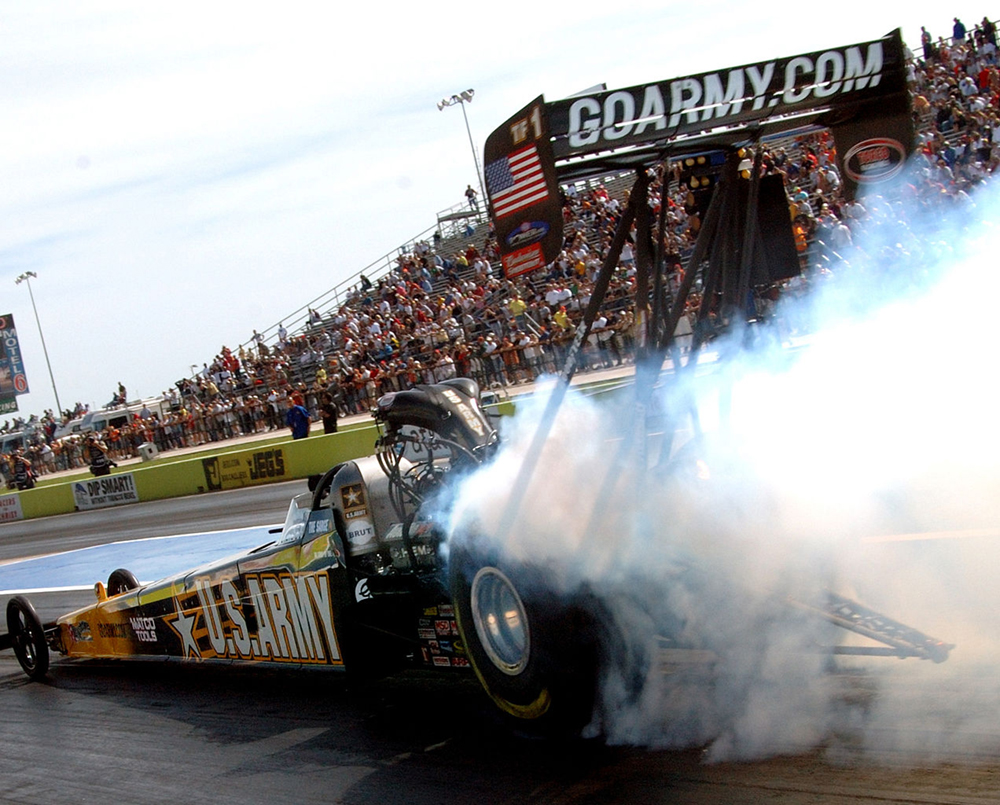| << Chapter < Page | Chapter >> Page > |
In addition to being useful in problem solving, the equation gives us insight into the relationships among velocity, acceleration, and time. From it we can see, for example, that
(All of these observations fit our intuition, and it is always useful to examine basic equations in light of our intuition and experiences to check that they do indeed describe nature accurately.)

An intercontinental ballistic missile (ICBM) has a larger average acceleration than the Space Shuttle and achieves a greater velocity in the first minute or two of flight (actual ICBM burn times are classified—short-burn-time missiles are more difficult for an enemy to destroy). But the Space Shuttle obtains a greater final velocity, so that it can orbit the earth rather than come directly back down as an ICBM does. The Space Shuttle does this by accelerating for a longer time.
We can combine the equations above to find a third equation that allows us to calculate the final position of an object experiencing constant acceleration. We start with
Adding to each side of this equation and dividing by 2 gives
Since for constant acceleration, then
Now we substitute this expression for into the equation for displacement, , yielding
Dragsters can achieve average accelerations of . Suppose such a dragster accelerates from rest at this rate for 5.56 s. How far does it travel in this time?

Strategy
Draw a sketch.

We are asked to find displacement, which is if we take to be zero. (Think about it like the starting line of a race. It can be anywhere, but we call it 0 and measure all other positions relative to it.) We can use the equation once we identify , , and from the statement of the problem.
Solution
1. Identify the knowns. Starting from rest means that , is given as and is given as 5.56 s.
2. Plug the known values into the equation to solve for the unknown :
Since the initial position and velocity are both zero, this simplifies to
Substituting the identified values of and gives
yielding
Discussion
If we convert 402 m to miles, we find that the distance covered is very close to one quarter of a mile, the standard distance for drag racing. So the answer is reasonable. This is an impressive displacement in only 5.56 s, but top-notch dragsters can do a quarter mile in even less time than this.

Notification Switch
Would you like to follow the 'College physics' conversation and receive update notifications?